Society
Type of resources
Available actions
Topics
Keywords
Contact for the resource
Provided by
Years
Formats
Representation types
Update frequencies
status
Scale
Resolution
-
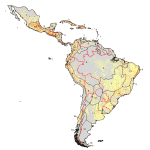
Data from the Oak Ridge National Laboratory, LandScan Global Population 1998 Database. Estimates for rural population were obtained by excluding the Urban Population Areas. This was achieved by removing settled and partly settled grid cells from the Landcover Dataset and removing(limiting) propulation density figures to produce a net result which approximates the known rural population. Data-set has been exported as Binary format.
-
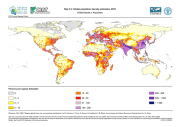
The FGGD estimated 2015 global population density map is a global raster datalayer with a resolution of 2.5 arc-minutes. Each pixel contains an estimated value for persons per square kilometre in 2015, obtained by applying population growth trends to population counts for the lowest subnational administrative unit for which 2000 population data were available. The method used by FAO and CIESIN to generate this datalayer is described in FAO, 2005, Mapping global urban and rural population distributions, by M. Salvatore, et. al.
-
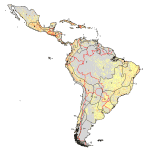
Data from the Oak Ridge National Laboratory, LandScan Global Population 1998 Database. The LandScan Global Population Project is a worldwide population database at 30 x 30 (arc second) resolution for estimating ambient populations at risk. Best available census counts are distributed to cells based on probability coefficients which, in turn, are based on road proximity, slope, land cover, and nighttime lights. Global coverage has been completed. Verification and validation (V&V) studies have been conducted routinely for all regions and more extensively for portions of the Middle East and the Southwestern United States. Data-set has been exported as Binary format.
-

This data set depicts the distribution of marginal areas by administrative zones in Santiago, Cape Verde, according to a Marginality Index methodology. The Marginality Index measures the incidence of food insecurity and poverty (FIP) among the households living in each area. The index is created as a function of the most relevant variables of the year 2000 Demographic Census, using the principal components methodology. Areas with an index score above a selected threshold level have been classified as vulnerable. The boundaries of administrative zones were digitized from scanned and rectified topographic maps (Carta Militar de Portugal, Ilha de Santiago 1969).
-

As part of the the World Bank's review of its rural development strategy, the Bank sought the assistance of the Food and Agriculture Organization of the United Nations (FAO) in evaluating how farming systems might change and adapt over the next thirty years. Amongst other objectives, the World Bank asked FAO to provide guidance on priorities for investment in food security, poverty reduction, and economic growth, and in particular to identify promising approaches and technologies that will contribute to these goals. The results of the study are summarized in a set of seven documents, comprising six regional reports and the global overview contained in this volume. This document, which synthesises the results of the six regional analyses as well as discussing global trends, cross-cutting issues and possible implementation modalities, presents an overview of the complete study. This document is supplemented by two case study reports of development issues of importance to farming systems globally.
-
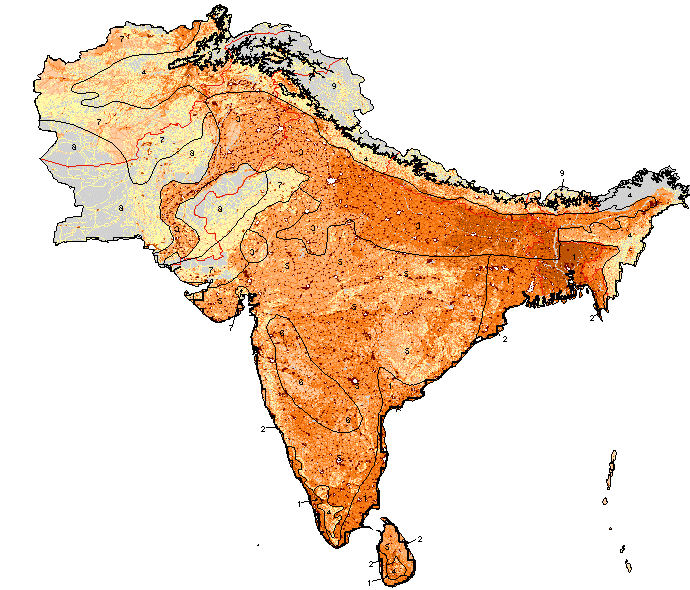
As part of the the World Bank's review of its rural development strategy, the Bank sought the assistance of the Food and Agriculture Organization of the United Nations (FAO) in evaluating how farming systems might change and adapt over the next thirty years. Amongst other objectives, the World Bank asked FAO to provide guidance on priorities for investment in food security, poverty reduction, and economic growth, and in particular to identify promising approaches and technologies that will contribute to these goals. The results of the study are summarized in a set of seven documents, comprising six regional reports and the global overview contained in this volume. This document, which synthesises the results of the six regional analyses as well as discussing global trends, cross-cutting issues and possible implementation modalities, presents an overview of the complete study. This document is supplemented by two case study reports of development issues of importance to farming systems globally.
-

As part of the the World Bank's review of its rural development strategy, the Bank sought the assistance of the Food and Agriculture Organization of the United Nations (FAO) in evaluating how farming systems might change and adapt over the next thirty years. Amongst other objectives, the World Bank asked FAO to provide guidance on priorities for investment in food security, poverty reduction, and economic growth, and in particular to identify promising approaches and technologies that will contribute to these goals. The results of the study are summarized in a set of seven documents, comprising six regional reports and the global overview contained in this volume. This document, which synthesises the results of the six regional analyses as well as discussing global trends, cross-cutting issues and possible implementation modalities, presents an overview of the complete study. This document is supplemented by two case study reports of development issues of importance to farming systems globally.
-

As part of the the World Bank's review of its rural development strategy, the Bank sought the assistance of the Food and Agriculture Organization of the United Nations (FAO) in evaluating how farming systems might change and adapt over the next thirty years. Amongst other objectives, the World Bank asked FAO to provide guidance on priorities for investment in food security, poverty reduction, and economic growth, and in particular to identify promising approaches and technologies that will contribute to these goals. The results of the study are summarized in a set of seven documents, comprising six regional reports and the global overview contained in this volume. This document, which synthesises the results of the six regional analyses as well as discussing global trends, cross-cutting issues and possible implementation modalities, presents an overview of the complete study. This document is supplemented by two case study reports of development issues of importance to farming systems globally.
-
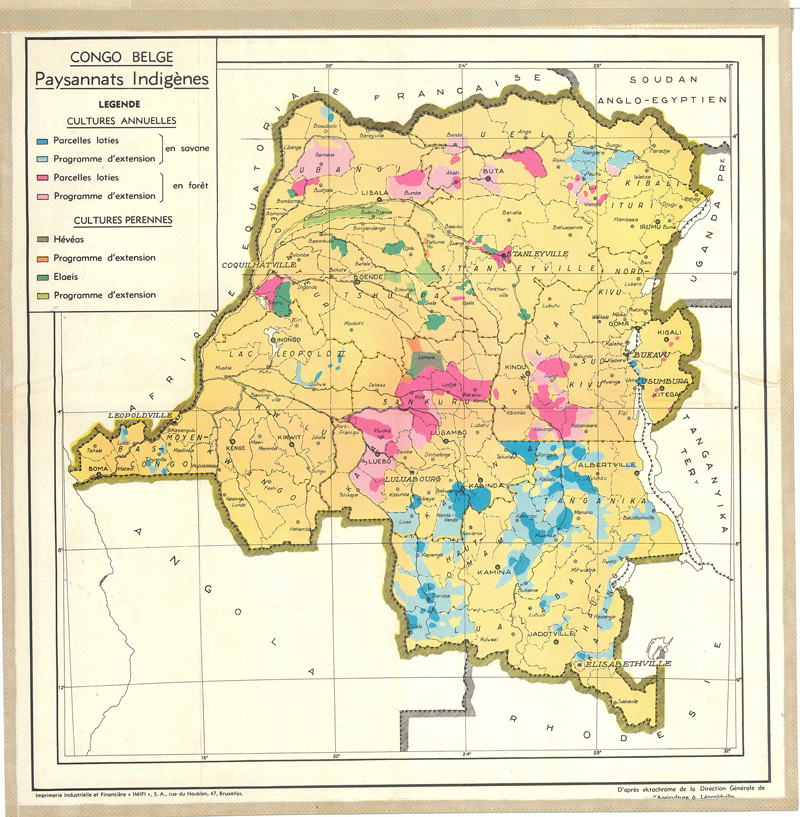
Coverage: Congo, Dem. , Burundi, Rwanda (Land use)
-

As part of the the World Bank's review of its rural development strategy, the Bank sought the assistance of the Food and Agriculture Organization of the United Nations (FAO) in evaluating how farming systems might change and adapt over the next thirty years. Amongst other objectives, the World Bank asked FAO to provide guidance on priorities for investment in food security, poverty reduction, and economic growth, and in particular to identify promising approaches and technologies that will contribute to these goals. The results of the study are summarized in a set of seven documents, comprising six regional reports and the global overview contained in this volume. This document, which synthesises the results of the six regional analyses as well as discussing global trends, cross-cutting issues and possible implementation modalities, presents an overview of the complete study. This document is supplemented by two case study reports of development issues of importance to farming systems globally.
 FAO Map Catalog
FAO Map Catalog